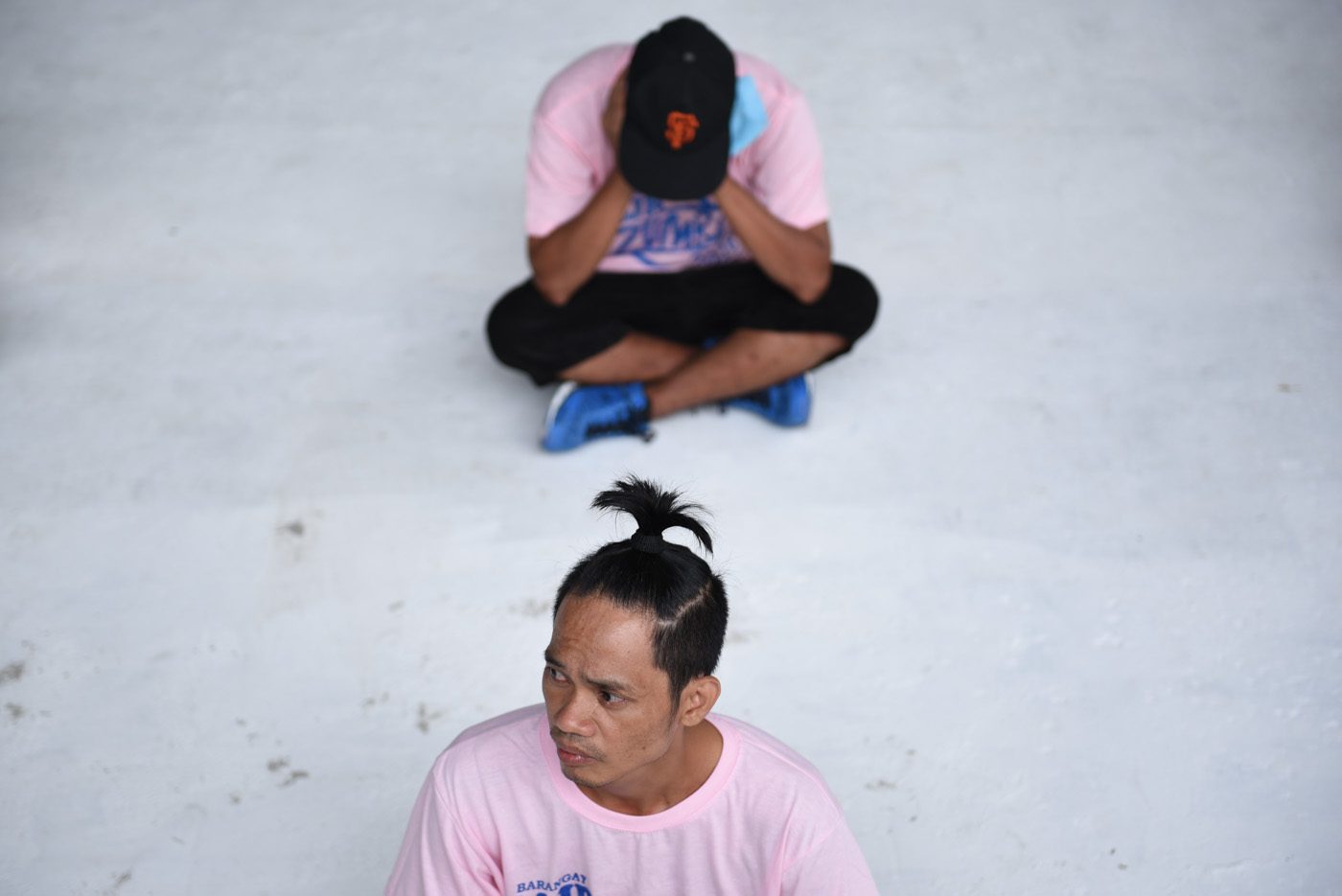SUMMARY
This is AI generated summarization, which may have errors. For context, always refer to the full article.

MANILA, Philippines – More than two months since the Duterte administration intensified its campaign against illegal drugs, only around 500 out of more than 700,000 drug surrenderers have been admitted in existing treatment and rehabilitation centers.
Health Secretary Paulyn Ubial revealed this during a press conference on Wednesday, September 14.
“In August alone, we have trained about 1,300 health professionals across the country to do the brief counseling and assessment. So as of now, the surrenderees, we have only admitted around 500 in the last 2 months in the existing treatment and [rehabilitation] centers,” she said.
Ubial again reiterated that not all drug surrenderers need to be institutionalized or committed to a residential treatment and rehabilitation center (TRC).
Below is the breakdown of the 3 “paths” for drug surrenderers, based on the health department’s experience:
- 90% to 99% will go through community-based rehabilitation
- 2% to 3% will go through outpatient rehabilitation
- 1% to 2% will go through residential rehabilitation
If there are already 710,961 drug surrenderers as of Tuesday, September 13, it means only around 7,109 to 14,219 will need to be admitted to drug rehabilitation centers.
Those admitted have a more complicated or advanced form of drug dependence, according to the health secretary.
“Our answer is not institutionalizing…the drug dependents because they can be managed in the family. We remove the stigma from these types of illnesses. That’s what we want to happen, that they are not feared, or they don’t need to be admitted in institutions,” Ubial said in a mix of English and Filipino.
Data from the Dangerous Drugs Board shows there are only 15 government-owned residential TRCs in the country. Government shoulders the treatment of indigents, while Ubial said “those who can pay should pay” for their drug rehabilitation.
In July, a technical working group started discussing the standards, algorithms, flowchart, and manual of operations for drug rehabilitation in the context of the Duterte administration’s war on drugs.
All of these have been implemented since August, according to Ubial.
By the end of September, the Department of Health (DOH) hopes to have a system of reporting that will give weekly updates on what happens to the drug surrenderers. (READ: War on drugs: Rehabilitation must be more than a knee-jerk reaction)
Mega TRCs
Right now, government officials are already discussing how to standardize initiatives for a drug-free workplace.
The department is also building more TRCs in the short term. In Nueva Ecija, for instance, Ubial said work has already started on a mega TRC in the province.
“We hope to open that mega treatment and [rehabilitation] center with a capacity of 2,500 in the near future, that will be in November, but also with that expanded capacity of up to 10,000 patients,” she explained.
In fact the department is already recruiting staff for the mega TRC. Ubial announced on Wednesday a job fair that will happen on September 22 in San Fernando, Pampanga.
“That job fair is to open up the positions for personnel who will now help us in staffing the new mega treatment and [rehabilitation] centers. But for now, it is job orders, so contractual, but the plantilla positions are already in our 2017 budget,” she said.
“That’s why it’s very critical that Senate and the House of Representatives really support our 2017 budget because that will be our sustaining mechanism in terms of addressing this emerging problem of drug dependence and drug rehabilitation.”
Health Spokersperson Eric Tayag earlier told Rappler that DOH plans to build 4 “very big” TRCs in the country.
DOH’s proposed 2017 budget amounts to P144 billion ($3.03 billion)*, nearly a third of it or P50 billion ($1.05 billion) for the PhilHealth premiums of senior citizens and the poor. – Rappler.com
*US$1 = P47.55
Add a comment
How does this make you feel?
There are no comments yet. Add your comment to start the conversation.